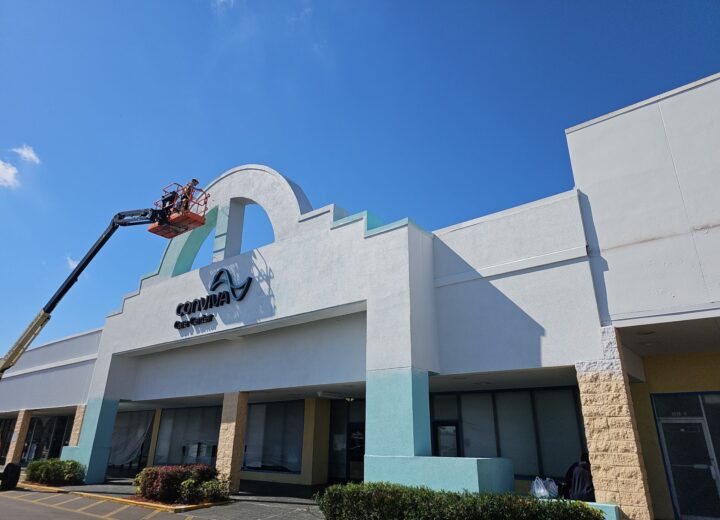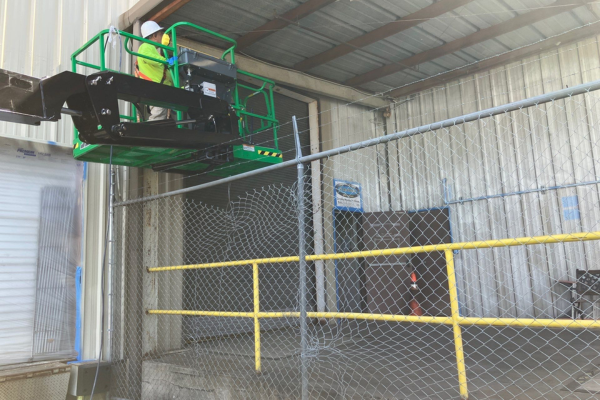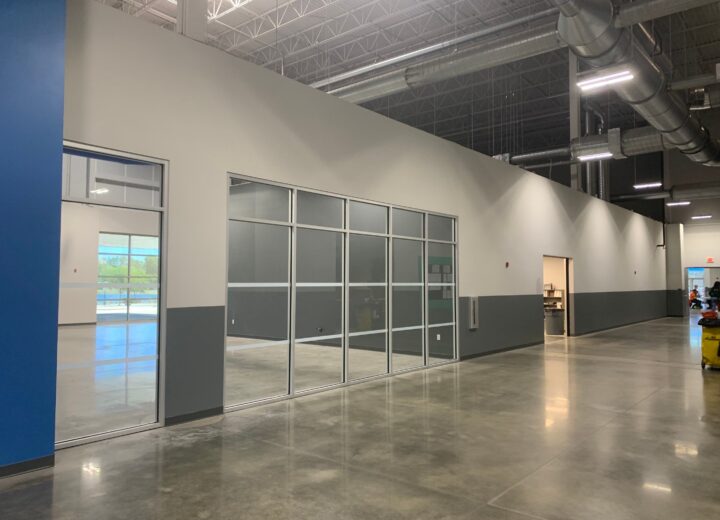
Historic buildings require extra care when it comes to painting and restoration. Old paints, although very beautiful, can begin to deteriorate due to exposure to sunlight and humidity. Before starting any painting project, you will need to thoroughly research the building’s history, finding out as much as you can about the types of paints used. You will also want to learn what colors were popular during the time the building was at its zenith. Once you have a good idea of the methods and types of paint that were used, you can start the project. We would like to note that it is HIGHLY suggested to have a painting project of this magnitude and delicate details be handled by a professional commercial painting company.
Paint Removal
On the exterior, the paint may need to be removed with a scraping tool. Hand scraping is preferred to other scraping methods simply because it is easier to prevent damage and will allow you to determine when you have reached the first “sound” or well-adhered layer of paint. The same is true for the interior of the building. Using mechanical methods of paint removal can actually damage the wall surface. This not only detracts from the value of the building but can also make it difficult to create a pristine finish. Chemical strippers may be used but you must take the necessary precautions in terms of ventilation and in preventing the chemical from getting on other surfaces.
Use Non-Abrasive Methods of Paint Removal
Non-abrasive methods of paint removal, such as sanding with an electric sanding tool or using a high-pressure wash, can damage the surface under the paint. Deep gouges, depressions, and nicks or holes can be created that are extremely difficult to remove or cover-up. Non-abrasive methods of paint removal have less of an impact on the surface. Although they can be extremely time-consuming, it allows you to preserve as much of the building’s historic beauty as is humanly possible. It also gives you a chance to examine each layer of paint that is stripped off, giving you a colorful history of the building’s past.
Asbestos and Lead-Based Paint
Two of the biggest hazards that must be considered when renovating or painting historic buildings are asbestos and lead-based paint. In most places, it is recommended that testing be performed to determine if lead paint is present. Depending on the area and the history of construction practices, there may also be a need to test for asbestos as well. If either is found, it is highly recommended that a professional cleaning crew that specializes in the removal of these hazardous materials is hired to eliminate one or both types of material from the premises.
Maintain the Original Finish
As you study the history of your building, you will want to learn what type of paint finish was originally used. This is extremely important if you are sincere about painting or restoring your building to its original glory. The original finish that was used will have an impact on the overall décor and beauty of the finished project. To make sure your building is historically accurate, the original finish and color scheme are essential factors that must be thoroughly researched and applied throughout your project. This is usually a very difficult task for those that don’t have a skillset for commercial painting, whereas, a professional commercial painter can handle the task with ease.
Document and Re-Establish the Original Colors, If Possible
In the past, documenting the colors that were used when repainting historic buildings was not a common practice unless the building already had a significant history or was extremely valuable. Today, keeping an accurate record of the building’s maintenance, including the type of paint and colors used, is an excellent way to help future owners who may want to continue the tradition and re-paint the building according to its original time period.
Painting and restoring historic properties are becoming increasingly more common. While some buildings may not have a record of past renovations, others in your area might. Do your research and learn as much as you can about the painting and removal methods as possible. Research color schemes and styles so that you can provide an accurate representation of what your building may have looked like when it was first built. Contact us, your local paint professionals if you have questions or concerns. We can assist you in a variety of ways and guide you so that your painting goes as smoothly as possible.






